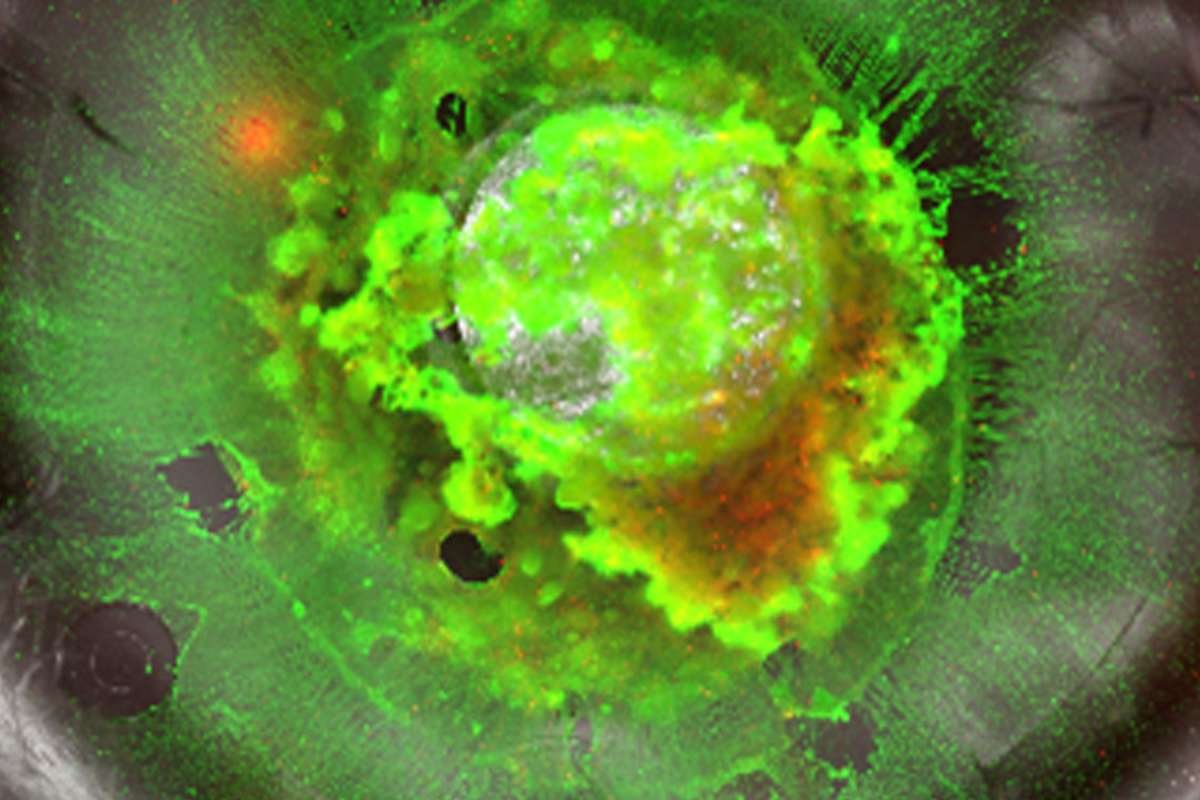Source-optimists
Toxic Shock Syndrome (TSS) is a rare but potentially life-threatening condition caused by toxins produced by certain strains of bacteria. While it gained significant attention in the 1980s due to its association with tampon usage, TSS can also occur in men, children, and individuals who do not use tampons. In this comprehensive guide, we’ll delve into the causes, symptoms, and treatment options for Toxic Shock Syndrome.
Causes of Toxic Shock Syndrome:
Toxic Shock Syndrome is primarily caused by the release of toxins from bacteria, most commonly Staphylococcus aureus (staph) bacteria. These toxins can enter the bloodstream and cause a systemic inflammatory response, leading to the symptoms associated with TSS. While tampon use, particularly when left in for an extended period, has historically been linked to TSS, other factors such as skin wounds, surgery, childbirth, and certain contraceptive devices can also increase the risk of developing the condition.
In addition to Staphylococcus aureus bacteria, other types of bacteria, such as Streptococcus pyogenes, can also produce toxins that lead to Toxic Shock Syndrome. These bacteria can multiply rapidly under certain conditions, especially in warm, moist environments like the vagina during menstruation or after childbirth.

While tampon use has been commonly associated with TSS, it’s essential to recognize that not all cases are linked to tampon usage. Other factors, such as skin wounds or surgical incisions, can provide a gateway for bacteria to enter the bloodstream and produce toxins. For example, surgical procedures, including nasal packing for nosebleeds or gauze packing for wound care, can increase the risk of bacterial colonization and subsequent toxin production.
Additionally, women who have recently given birth, especially those who have undergone cesarean sections or episiotomies, may be at higher risk of developing TSS due to the presence of postpartum wounds. Similarly, individuals using contraceptive devices like diaphragms or contraceptive sponges should be aware of the potential risk of TSS associated with prolonged device use.
Overall, while certain factors may increase the likelihood of developing Toxic Shock Syndrome, it’s essential to remember that TSS is relatively rare and can occur in individuals without any predisposing conditions. Understanding the various causes and risk factors can help individuals take proactive steps to minimize their risk and seek prompt medical attention if symptoms of TSS develop.
Symptoms of Toxic Shock Syndrome:
The symptoms of Toxic Shock Syndrome can vary widely but often include sudden onset fever, low blood pressure, rash resembling sunburn, vomiting, diarrhea, muscle aches, and confusion. In severe cases, TSS can progress rapidly, leading to multi-organ failure and shock. It’s essential to seek medical attention immediately if you experience any of these symptoms, especially if you have recently used tampons or have a skin wound or infection.

In addition to the primary symptoms mentioned, Toxic Shock Syndrome can present with other warning signs that warrant immediate medical attention. These may include:
- Headaches: Persistent or severe headaches, especially when accompanied by fever or confusion, can indicate a serious underlying condition such as TSS.
- Dizziness or Fainting: Feeling lightheaded, dizzy, or fainting can be a sign of low blood pressure, a common symptom of TSS.
- Rapid Heart Rate: An unusually fast heart rate, also known as tachycardia, can indicate that the body is under stress and struggling to maintain adequate blood flow.
- Difficulty Breathing: Shortness of breath or difficulty breathing can occur as a result of the body’s response to toxins released by bacteria in the bloodstream.
- Redness or Swelling: In addition to the characteristic rash resembling sunburn, TSS can cause redness, swelling, or pain at the site of a skin wound or surgical incision.
- Fatigue: Feeling unusually tired or fatigued, especially in combination with other symptoms, can indicate that the body is fighting off an infection or inflammatory response.
It’s important to note that Toxic Shock Syndrome can progress rapidly and become life-threatening if left untreated. Therefore, if you experience any of these symptoms, particularly after using tampons or having a skin wound or infection, it’s crucial to seek immediate medical attention to prevent complications and ensure prompt treatment.
Diagnosis and Treatment of Toxic Shock Syndrome:
Diagnosing Toxic Shock Syndrome typically involves a thorough physical examination, review of medical history, and laboratory tests to identify the presence of bacterial toxins in the bloodstream. Treatment for TSS usually involves hospitalization and supportive care to stabilize vital signs and manage symptoms. This may include intravenous fluids, antibiotics to target the underlying bacterial infection, and medications to support blood pressure and organ function.
Preventing Toxic Shock Syndrome:

Prevention is key when it comes to Toxic Shock Syndrome. Practicing good hygiene, including proper handwashing and wound care, can help reduce the risk of bacterial infections that may lead to TSS. Additionally, following recommended guidelines for tampon use, such as changing tampons frequently and avoiding super-absorbent tampons, can lower the risk of developing TSS during menstruation.
Conclusion:
Toxic Shock Syndrome is a rare but serious condition that requires prompt medical attention. By understanding the causes, symptoms, and treatment options for TSS, individuals can take proactive steps to protect their health and well-being. If you suspect you or someone you know may have Toxic Shock Syndrome, don’t hesitate to seek medical help immediately. Early intervention can make a significant difference in the outcome of this potentially life-threatening condition.
FAQs
1. What causes Toxic Shock Syndrome?
Toxic Shock Syndrome is primarily caused by toxins released from bacterial infections, commonly Staphylococcus aureus (staph) bacteria. These toxins can enter the bloodstream and trigger a severe immune response.
2. Who is at risk of developing Toxic Shock Syndrome?
While anyone can develop TSS, it is most commonly associated with menstruating women who use tampons, particularly high-absorbency tampons. However, TSS can also occur in men, children, and individuals with skin wounds, recent surgery, or certain medical conditions.
3. What are the symptoms of Toxic Shock Syndrome?
Symptoms of TSS can include sudden high fever, low blood pressure, rash resembling sunburn, vomiting, diarrhea, muscle aches, and confusion. In severe cases, TSS can progress rapidly to organ failure and shock.
4. How is Toxic Shock Syndrome diagnosed?
Diagnosing TSS typically involves a physical examination, review of medical history, and laboratory tests to check for the presence of bacteria and toxins in the bloodstream. Doctors may also perform imaging tests to assess organ function.
5. What is the treatment for Toxic Shock Syndrome?
Treatment for TSS usually involves hospitalization and administration of intravenous (IV) antibiotics to combat the bacterial infection. Supportive care, such as intravenous fluids and medications to stabilize blood pressure, may also be necessary. In severe cases, surgery may be required to remove infected tissue or drain abscesses. Early detection and prompt treatment are essential to prevent complications and improve outcomes.
These FAQs provide essential information about Toxic Shock Syndrome, helping individuals understand its causes, symptoms, diagnosis, and treatment options. If you have further concerns or experience symptoms of TSS, consult a healthcare professional for personalized medical advice and treatment.

Dry Mouth and Eyes? Could It Be Sjögren’s Syndrome?
This article delves into the various facets of Sjögren’s Syndrome, including its causes, symptoms, diagnosis, and management, to raise awareness about this often underdiagnosed condition.











